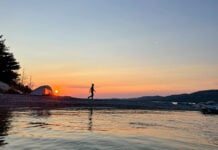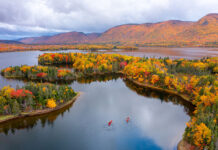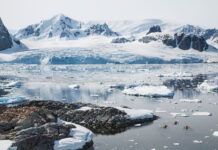If you were given the option to go sea kayaking in Antarctica, would you? On one hand, the decision is all too easy. The British-based Antarctic travel company Swoop offers Antarctic cruises starting at about $7,500 USD, to which you can add a kayaking excursion for an additional $450. With the click of a mouse, I could be on one of Swoop’s cozy ships, crossing the Drake Passage by Christmas. Other than sheer cost—and what else are credit cards for?—nothing is standing in my way of dipping a paddle in one of the most far-flung, fragile and pristine ecosystems on earth. It’s a wonderful, bucket-list-worthy opportunity, but kayak eco-tourism can come with some larger costs.
Loved to death: The unintended consequences of kayak eco-tourism
There is no doubt, at least before the Pandemic put a damper on travel, over tourism had become a problem at many high profile hot spots. Nowhere is this more evident than in Antarctica, a place with no baseline level of human occupancy.
“Unfortunately, the Antarctic environment is very fragile, and even low levels of disturbance can have a lasting impact,” says Claire Christian, executive director of the conservation group Antarctic and Southern Ocean Coalition (ASOC). Her organization has tracked Antarctic tourism from its beginning in the 1950s, when only a few hundred people a year visited, to today, when the last full season before Covid saw 74,000 visitors.
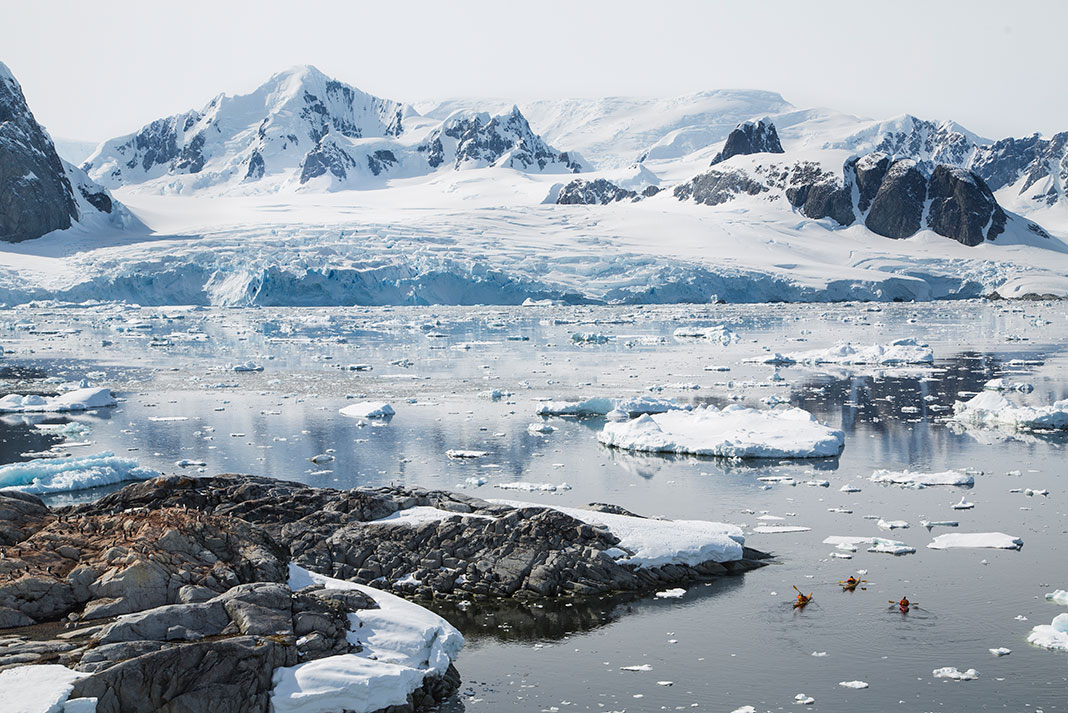
The impacts of tourism on an environment already strained—and warming faster than any other place on Earth—are clear. The ASOC documents many of them, from the fact that every ton of fuel burned in Antarctica requires an additional ton to get it there, to the introduction of non-native species, disturbances to wildlife, and the fragmentation of wild areas by new must-see tourist destinations. A recent study found every visitor resulted in a snowmelt of 83 tons, just from the effect of the black carbon soot from their transport darkening the snow, causing it to melt faster.
Yet despite the impacts we are already seeing, visitor numbers are doubling every half decade. The ASOC says tourist operators have already ordered enough new boats to increase passenger capacity by 30 to 40 percent in the next three years.
Tourists tread with a heavy foot
Antarctica is just one example of our species’ ever growing appetite for travel. The number of international trips worldwide went from 24 million a year in the 1950s to 1.3 billion in 2018. The travel media is full of stories of places—from Antarctica to Venice, Iceland to Dubrovnik—where visitors risk destroying the very thing they came to see.
Meanwhile, according to the David Suzuki Foundation, the global tourism industry is responsible for eight percent of global greenhouse gas emissions, which is more than the entire construction industry. That Antarctic trip I was looking at is probably one of the worst culprits, according to the tour company Swoop itself, which helpfully tracks its emissions. The cruise I was considering emits 3,488 kilograms of CO2 per person, equivalent to 61 percent of an average North American’s annual emissions. The flight to Southern Argentina and back is another 3,700 kilograms of CO2 per person.
On its website, Swoop acknowledges its environmental contradictions, stating, “we continue to send our customers to places that are near-impossible to reach without flying, creating tons and tons of carbon emissions.” The website then catalogs how the company is turning inside-out to fix this. For one, it gave all its staff a reusable cup. And its offices worm-compost their food scraps. More significantly, by 2023, Swoop promises to offset all the emissions of its guests’ and employees’ trips dating back to its beginning in 2010.
How can we offset the impacts of travel?
Carbon offsets, I argue, are little more than disingenuous greenwashing, allowing those with money to burn (literally) to wrap their dirty travel in a veneer of good intentions.
Purchase with Swoop and the carbon offset money might be used to distribute solar cookers to rural homes in China. Someone in a rich country wants to cruise to Antarctica, so a villager in China gets a contraption to cook their rice with sunshine instead of coal. Of course, the villager might prefer to go to Antarctica himself, but that is not on the table. Neither is the option to have the traveler stay home, use their travel money to buy even more solar cookers, and then not take a trip that will cancel out those benefits. Of course, it is an option, just not one that gets discussed much.
Claire Christian and ASOC are advocating for tourist limits to be put into place to protect Antarctica from the overwhelming number of visitors it will inevitably get. But the organization also hopes educating would-be travelers about their impacts will convince many not to go at all.
“Weigh the value of your visit against its environmental and other impacts,” ASOC’s travel brochure advises. In other words, in the absence of regulations, we need the restraint to regulate ourselves.
In Sweden, home of the climate activist Greta Thunberg, people have coined the words flygskam and tagskryt, which mean “flight shame” and its counterpoint, “train bragging.” Aside from signaling we can finally use Swedish words for something other than furniture, this is a sign popular opinion might be turning toward travel self-restraint.
Setting limits starts at home
Someone who has applied such restraint to his own life is legendary kayak adventurer Jon Turk.
“Throughout my lifetime, long-distance airplane travel for recreation has been a huge and hugely positive component of my life,” Turk wrote to me. “It is a bit suspect for me to say, now that I am old, other people should not jump on an airplane to visit foreign places and cultures. But personally, I can no longer justify flying halfway around the world to have fun.”
Turk is still adventuring, but now lives and travels in his van.
Travel is a kind of magic. It can blow your mind in ways few things can. Who wouldn’t want to follow in the wake of the Antarctic explorers, even if it is on a tourist ship? The wind in your hair, crossing a distant sea, a new world to explore. It would surely feel like time and money well spent.
With freedom comes responsibility. I don’t know if I can promise never to go to Antarctica. But I like to think if I had the opportunity, I would have the wisdom and selflessness to say no. And then, who knows—maybe I could sell my decision as a carbon credit.
Contrarian columnist Tim Shuff is a former Adventure Kayak editor. He writes and paddles from the shore of Lake Huron.
When it comes to kayak eco-tourism, with great disposable income comes great responsibility. | Feature photo: Ben Haggar



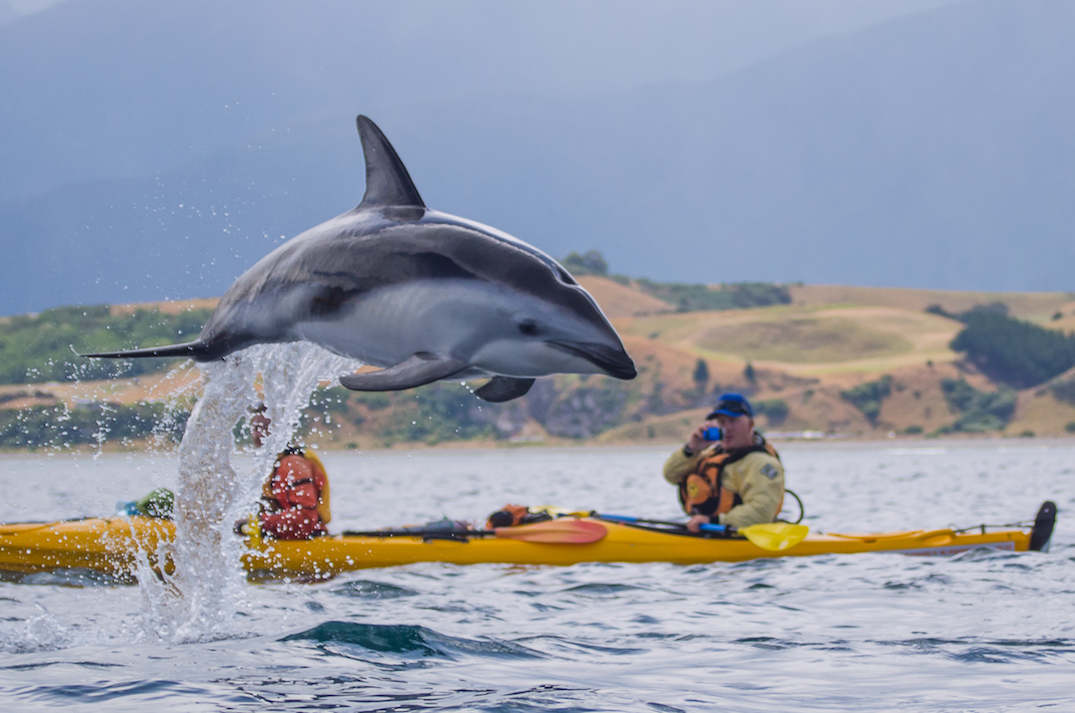
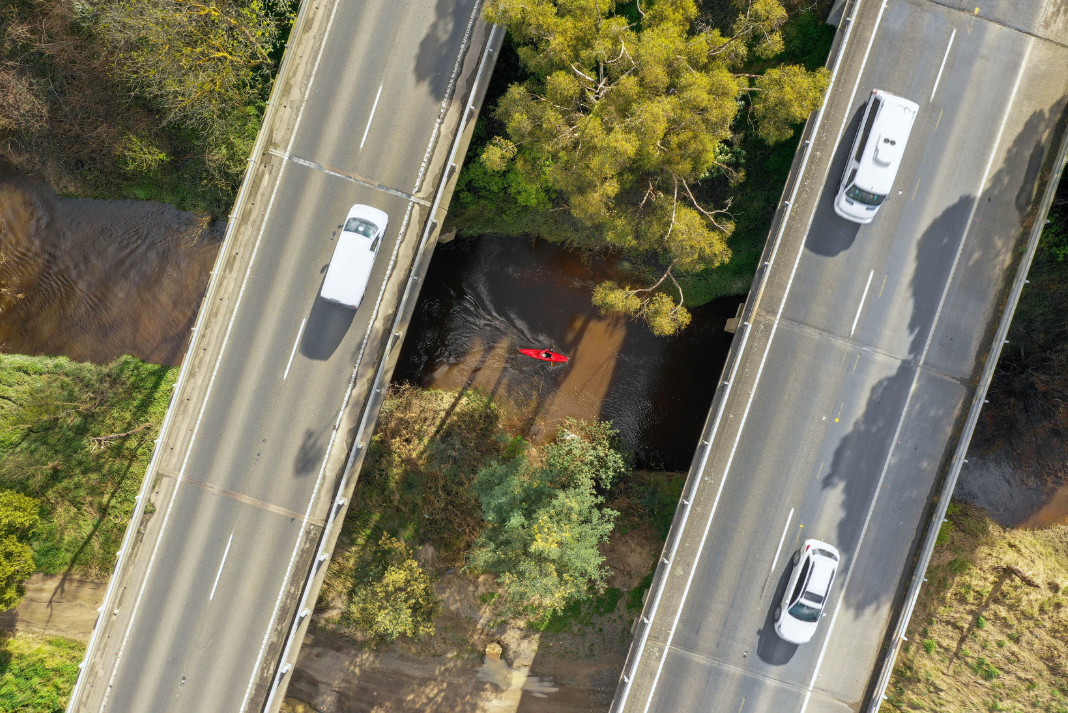
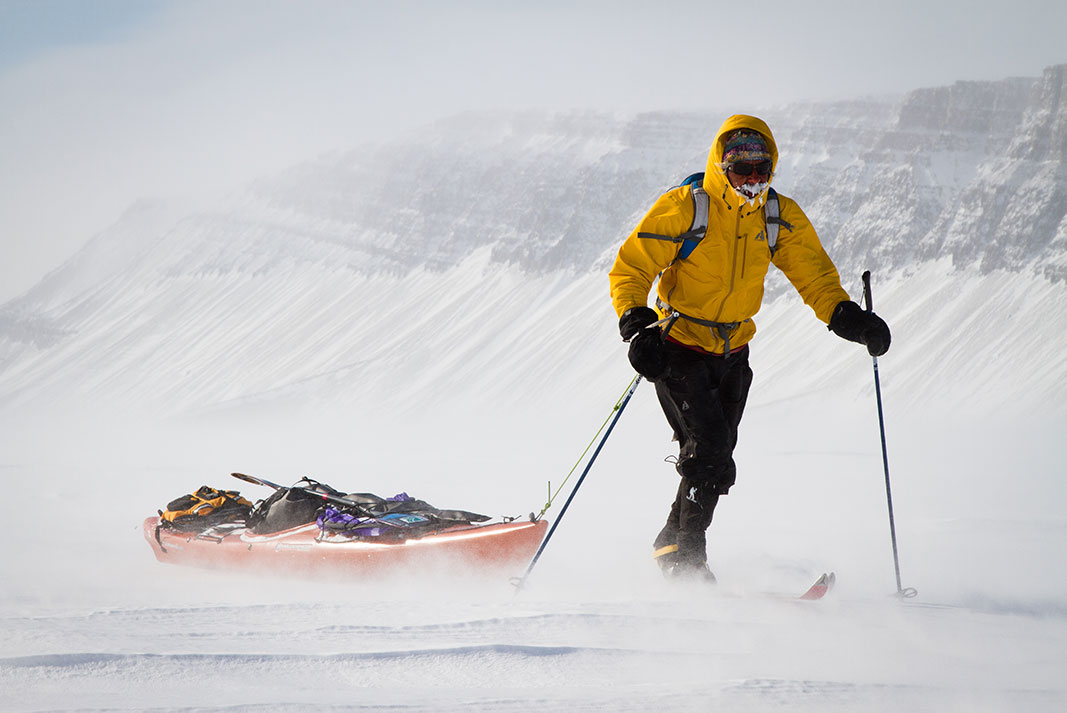
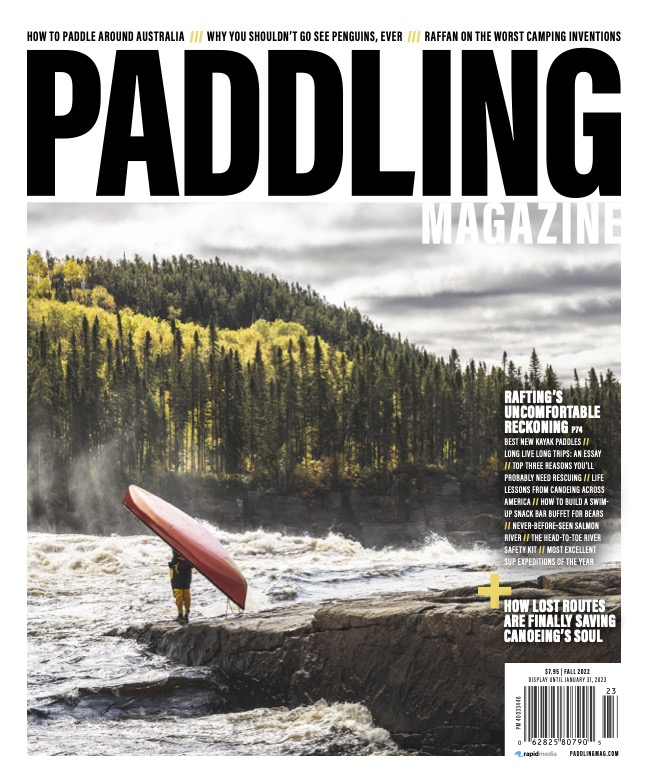 This article was first published in the Fall 2022 issue of Paddling Magazine.
This article was first published in the Fall 2022 issue of Paddling Magazine. 